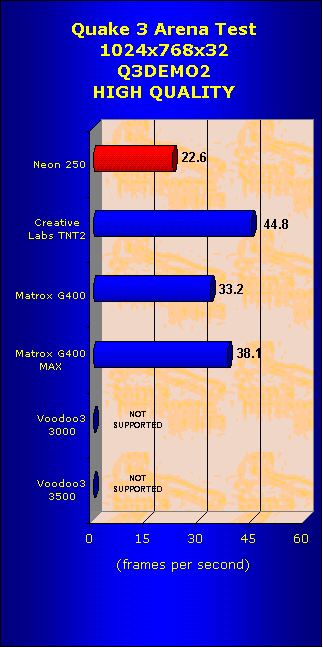RetroGamingUK
Member
For 1998 hardware theres some unbelievably good looking games.
My top 10 based purely on graphics
1. Dead or Alive 2
2. Ferrari F355 Challenge
3. Sonic Adventure 2
4. Virtua Striker 2
5. Shenmue
6. Resident Evil: Code Veronica
7. Soul Calibur
8. Ecco the Dolphin
9. Metropolis Street Racer
10. Jet Set Radio
My top 10 based purely on graphics
1. Dead or Alive 2
2. Ferrari F355 Challenge
3. Sonic Adventure 2
4. Virtua Striker 2
5. Shenmue
6. Resident Evil: Code Veronica
7. Soul Calibur
8. Ecco the Dolphin
9. Metropolis Street Racer
10. Jet Set Radio
Last edited:

